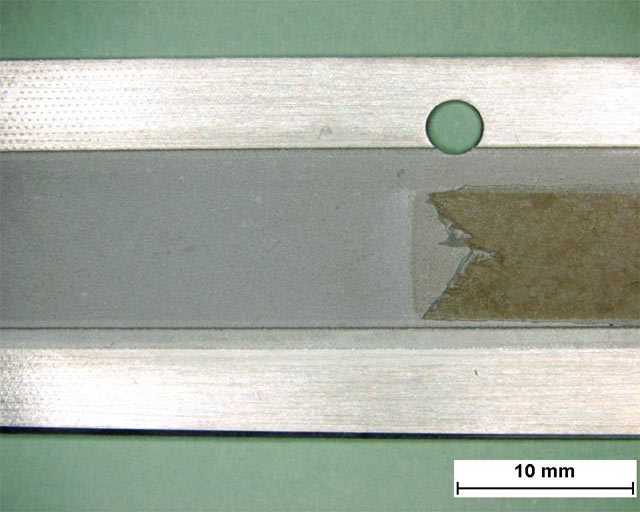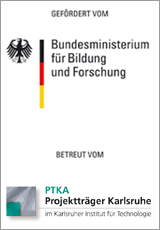Surfaces activation techniques in the production of lithium-ion cells
The joint project DeLiz (Production engineering demonstrator center for lithium-ion cells), funded by subsidies of the Federal Ministry for Research and Technology BMBF, addressed production engineering along the process chain of lithium-ion cell production. In this project, specific manufacturing technologies and methods, as well as machines and equipment required for their implementation, were refined, and new solution paradigms for low-cost, large-scale production were indicated.
 Fraunhofer Institute for Material and Beam Technology IWS
Fraunhofer Institute for Material and Beam Technology IWS
